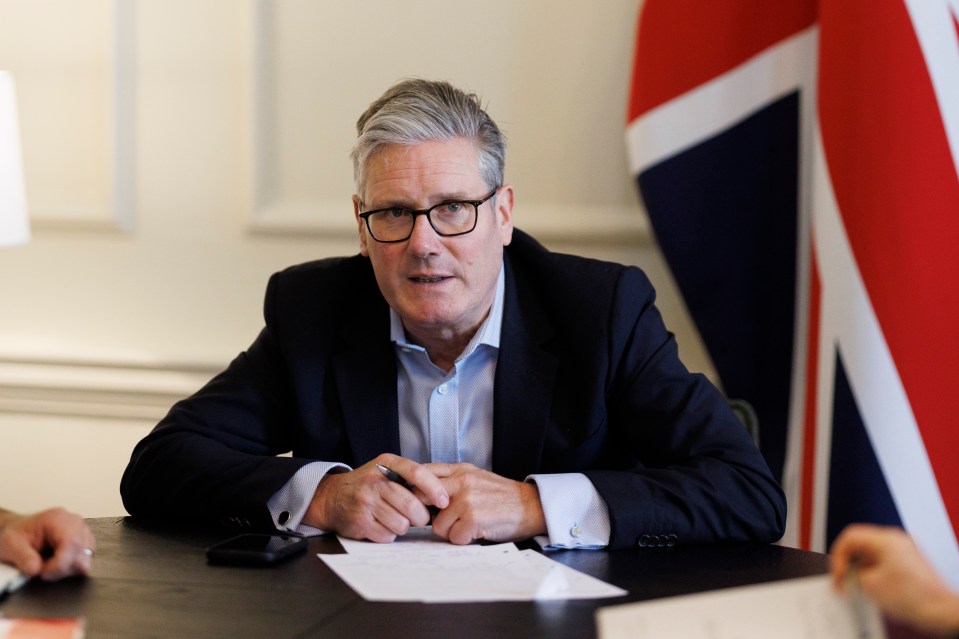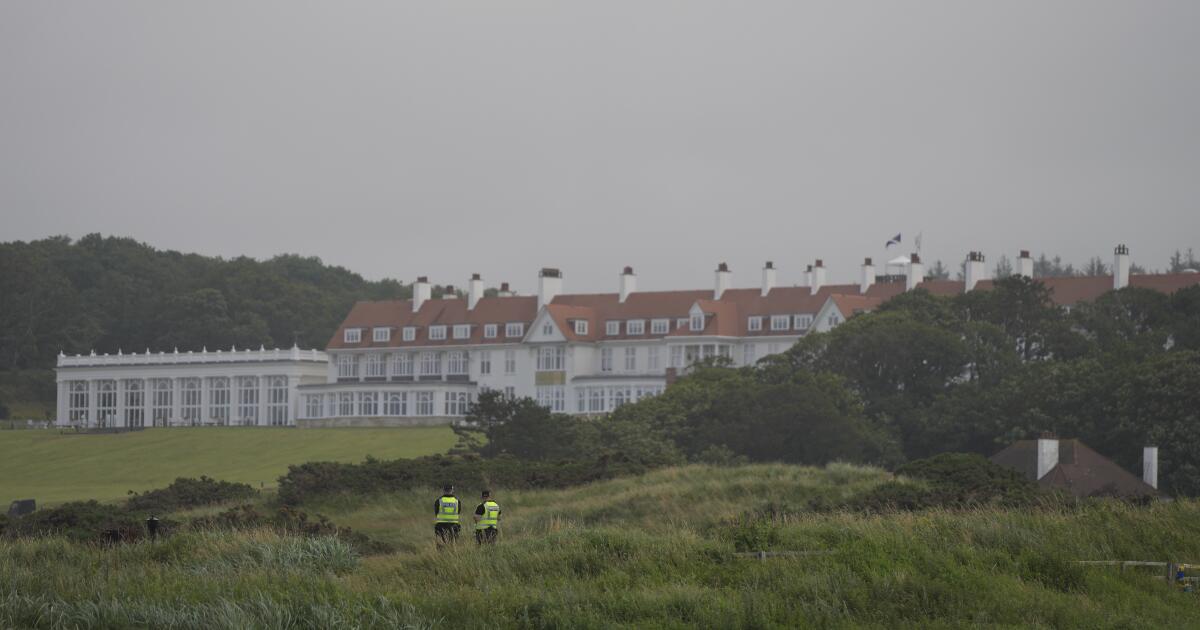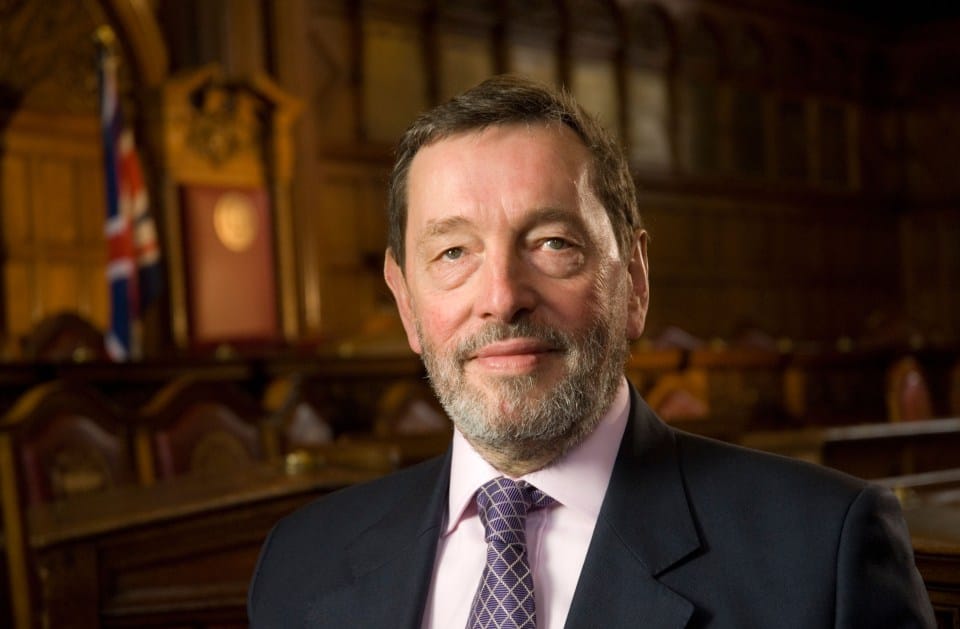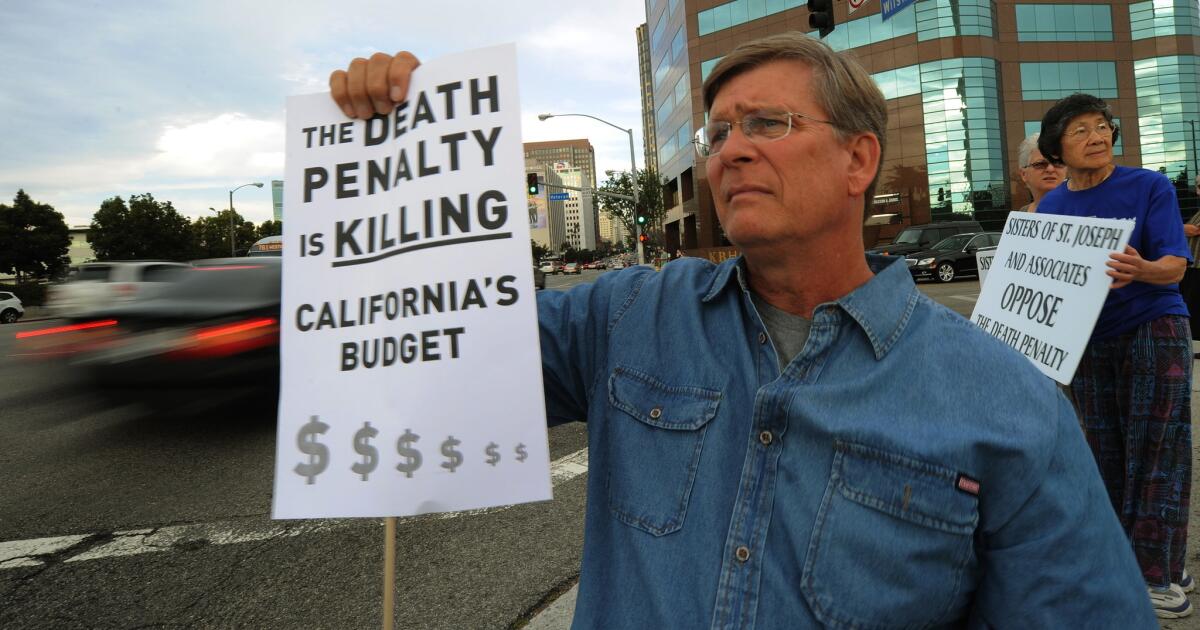Florida taxpayers may lose $218 million on ‘Alligator Alcatraz’ as judge orders shutdown
ORLANDO, Fla. — Florida taxpayers could be on the hook for $218 million the state spent to convert a remote training airport in the Everglades into an immigration detention center dubbed “ Alligator Alcatraz.”
The facility may soon be empty as a judge upheld her decision late Wednesday ordering operations to wind down indefinitely.
Shutting down the facility for the time being would cost the state $15 million to $20 million immediately, and it would cost another $15 million to $20 million to reinstall structures if Florida is allowed to reopen it, according to court filings by the state.
The Florida Division of Emergency Management will lose most of the value of the $218 million it has invested in making the airport suitable for a detention center, a state official said in court papers.
Built in just a few days, the facility consists of chain-link cages surrounding large white tents filled with rows of bunk beds. As of late July, state officials had already signed more than $245 million in contracts for building and operating the facility, which officially opened July 1.
President Trump toured the facility last month and suggested it could be a model for future lockups nationwide as his administration races to expand the infrastructure needed to increase deportations.
The center has been plagued by reports of unsanitary conditions and detainees being cut off from the legal system.
It’s also facing several legal challenges, including one that U.S. District Judge Kathleen Williams ruled on late Wednesday. She denied requests to pause her order to wind down operations, after agreeing last week with environmental groups and the Miccosukee Tribe that the state and federal defendants didn’t follow federal law requiring an environmental review for the detention center in the middle of sensitive wetlands.
The Miami judge said the number of detainees was already dwindling, and the federal government’s “immigration enforcement goals will not be thwarted by a pause in operations.” That’s despite Department of Homeland Security lawyers saying the judge’s order would disrupt that enforcement.
When asked, the Department of Homeland Security wouldn’t say how many detainees remained and how many had been moved out since the judge’s temporary injunction last week.
“DHS is complying with this order and moving detainees to other facilities,” the department said Thursday in an emailed statement.
Environmental activist Jessica Namath, who has kept a nearly constant watch outside the facility’s gates, said Thursday that fellow observers had seen white tents hauled out but no signs of the removal of Federal Emergency Management Agency trailers or portable bathrooms.
“It definitely seems like they have been winding down operations,” Namath said.
Based on publicly available contract data, the Associated Press estimated the state allocated $50 million for the bathrooms. Detainees and advocates have described toilets that don’t flush, flooding floors with fecal waste, although officials dispute such descriptions.
The facility was already being emptied of detainees as of last week, according to an email exchange shared with the AP on Wednesday. The executive director of the Florida Division of Emergency Management, Kevin Guthrie, said on Aug. 22 “we are probably going to be down to 0 individuals within a few days,” in a message to a rabbi about chaplaincy services.
Funding is central to the federal government’s arguments that Williams’ order should be overturned by an appellate court.
Homeland Security attorneys said in a court filing this week that federal environmental law doesn’t apply to a state like Florida, and the federal government isn’t responsible for the detention center since it hasn’t spent a cent to build or operate the facility, even though Florida is seeking some federal grant money to fund a portion of the detention center.
“No final federal funding decisions have been made,” the attorneys said.
Almost two dozen Republican-led states also urged the appellate court to overturn the order. The 22 states argued in another court filing that the judge overstepped her authority and that the federal environmental laws applied only to the federal agencies, not the state of Florida.
Republican Gov. Ron DeSantis ’ administration is preparing to open a second immigration detention facility dubbed “Deportation Depot” at a state prison in north Florida.
Civil rights groups filed a second lawsuit last month against the state and federal governments over practices at the Everglades facility, claiming detainees were denied access to the legal system.
A third lawsuit by civil rights groups on Aug. 22 described “severe problems” at the facility that were “previously unheard-of in the immigration system.”
Schneider and Payne write for the Associated Press.








